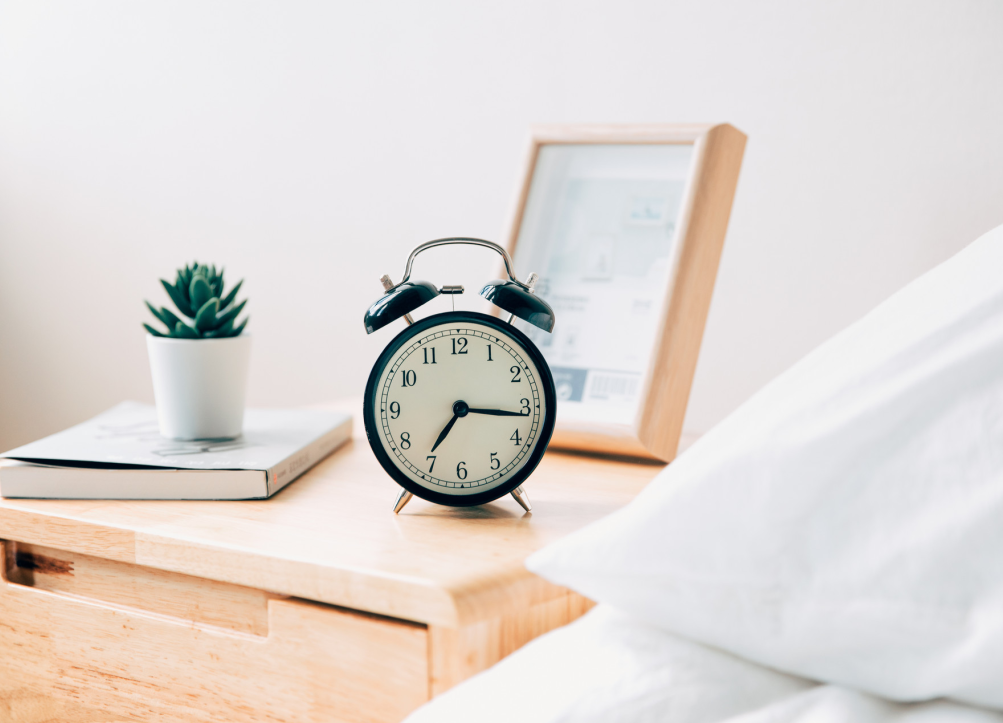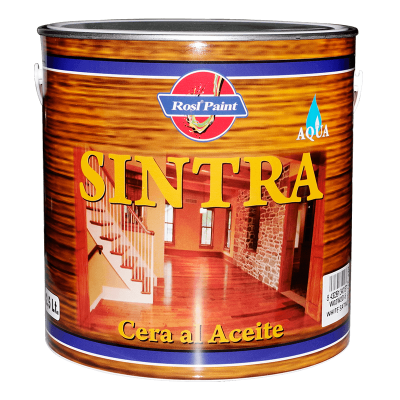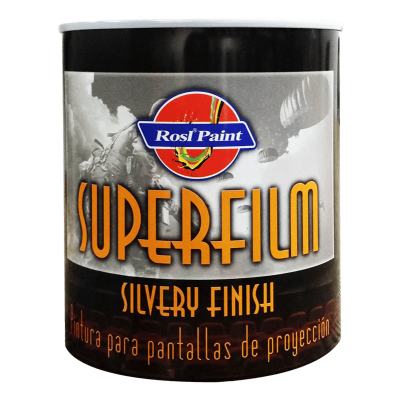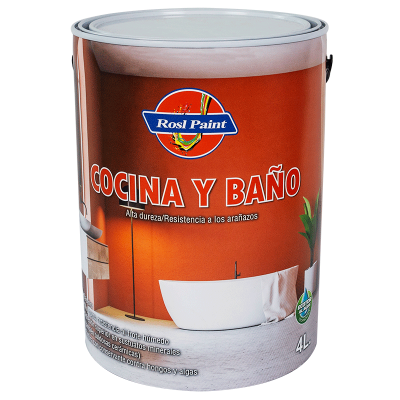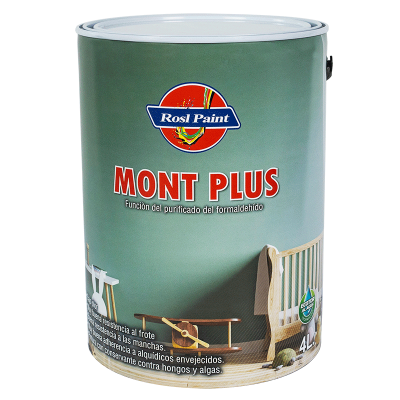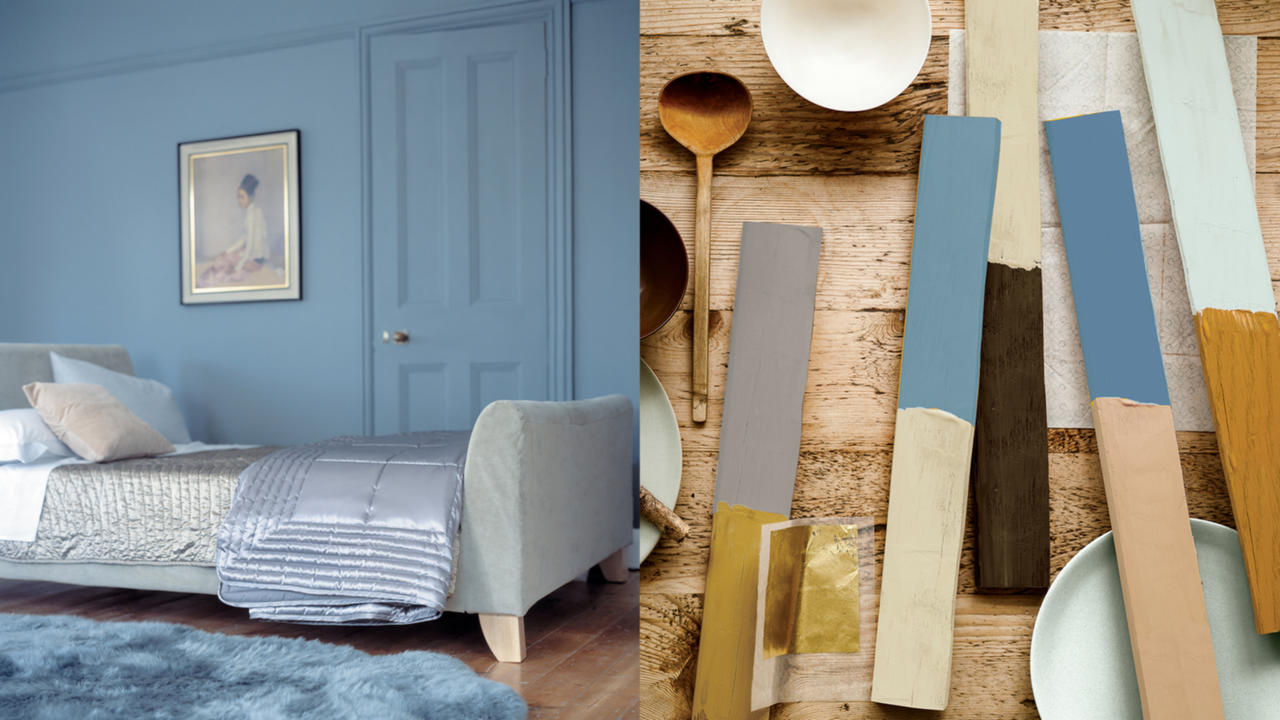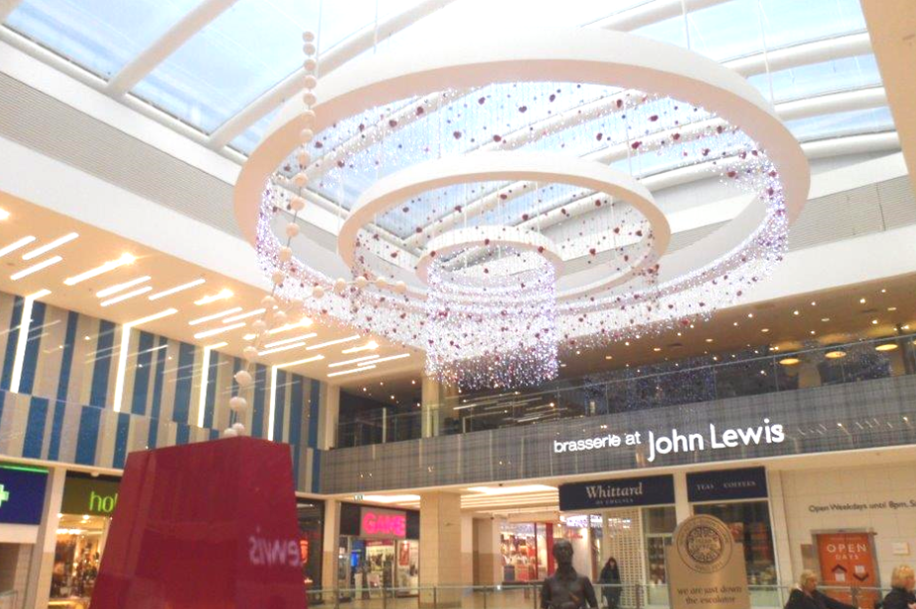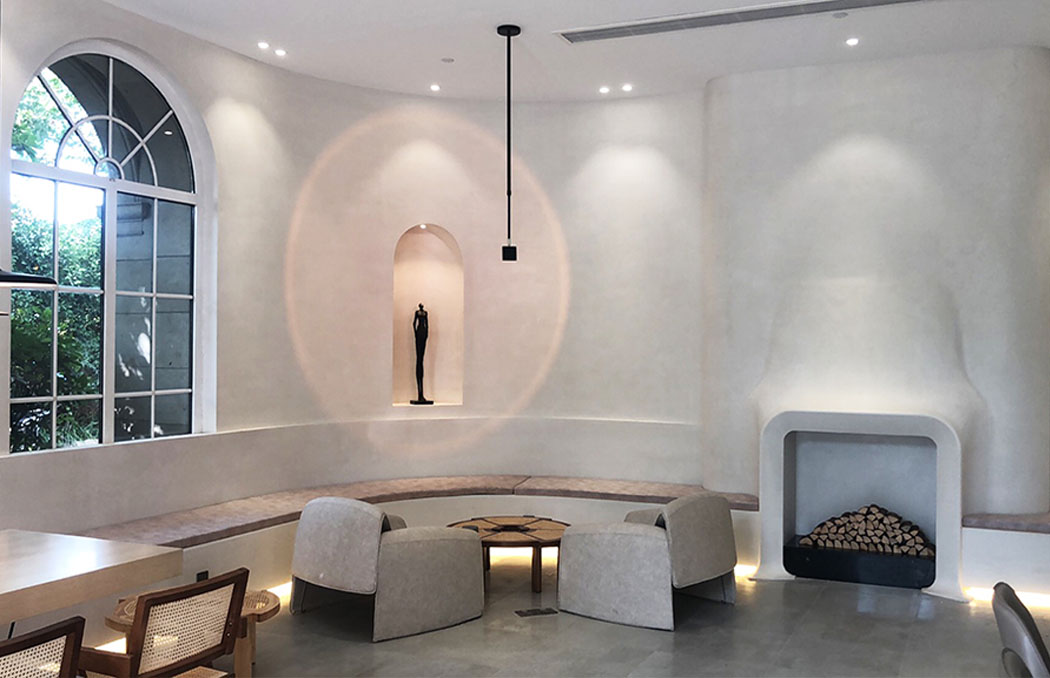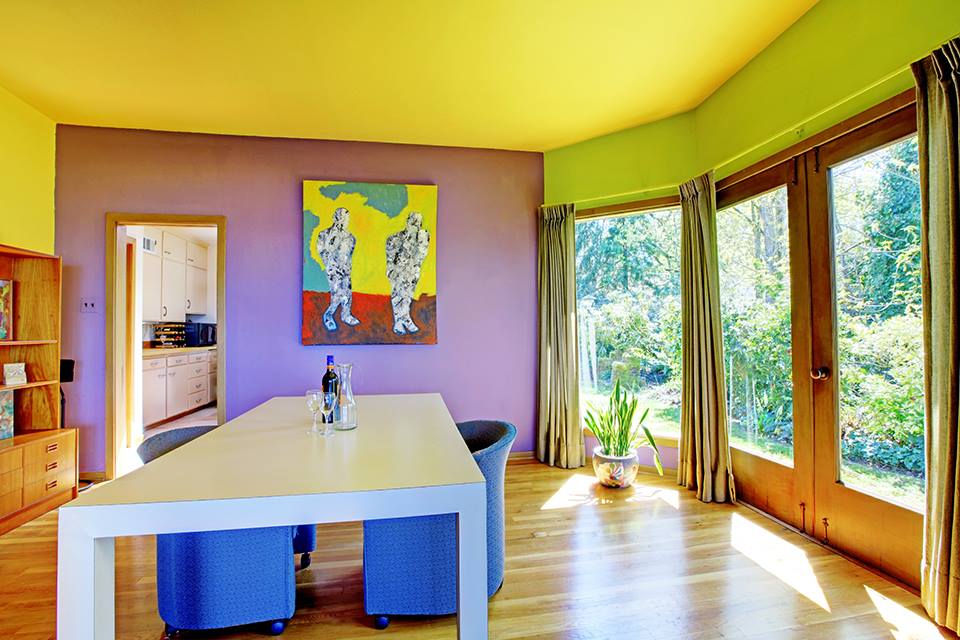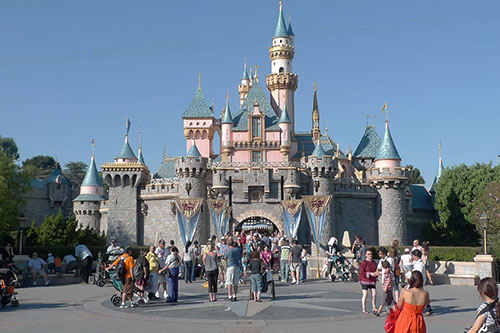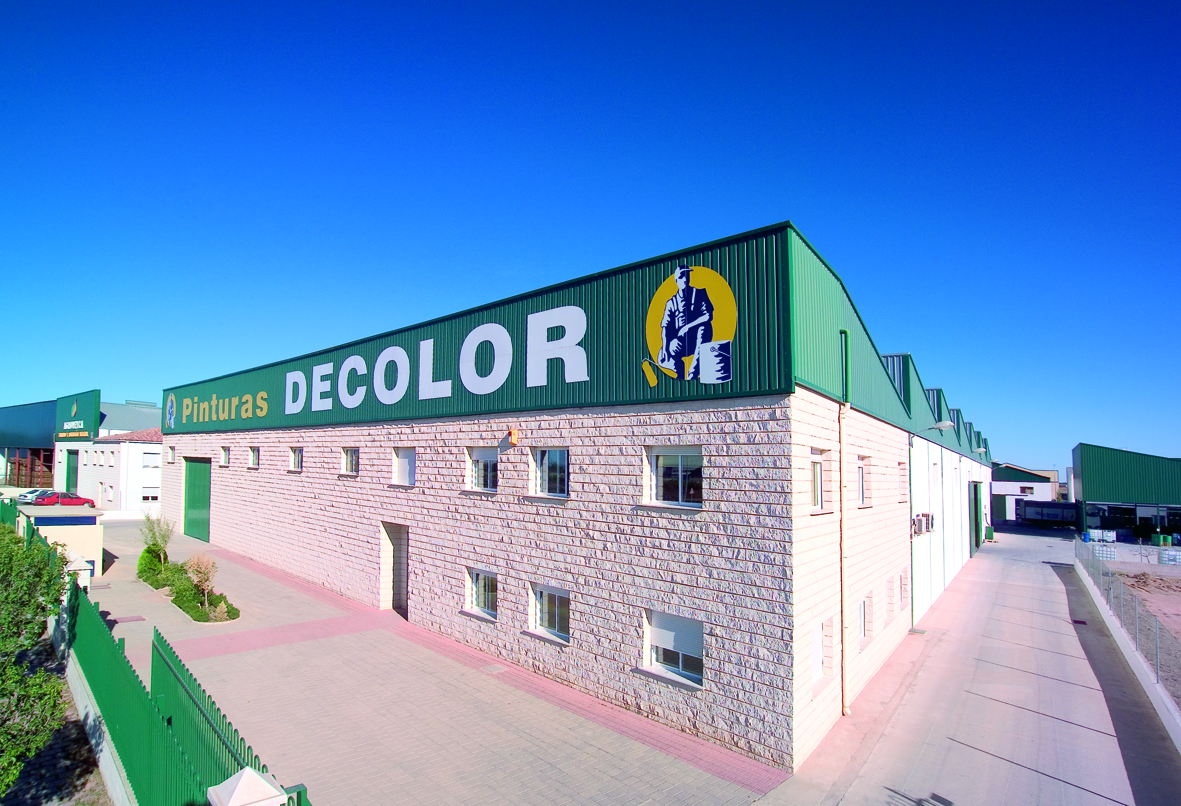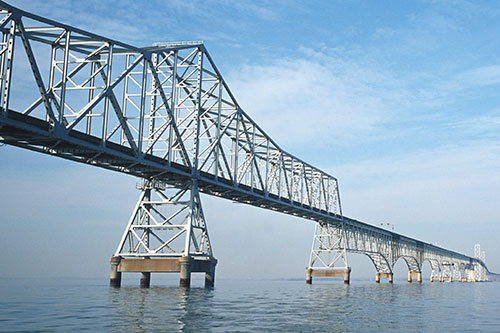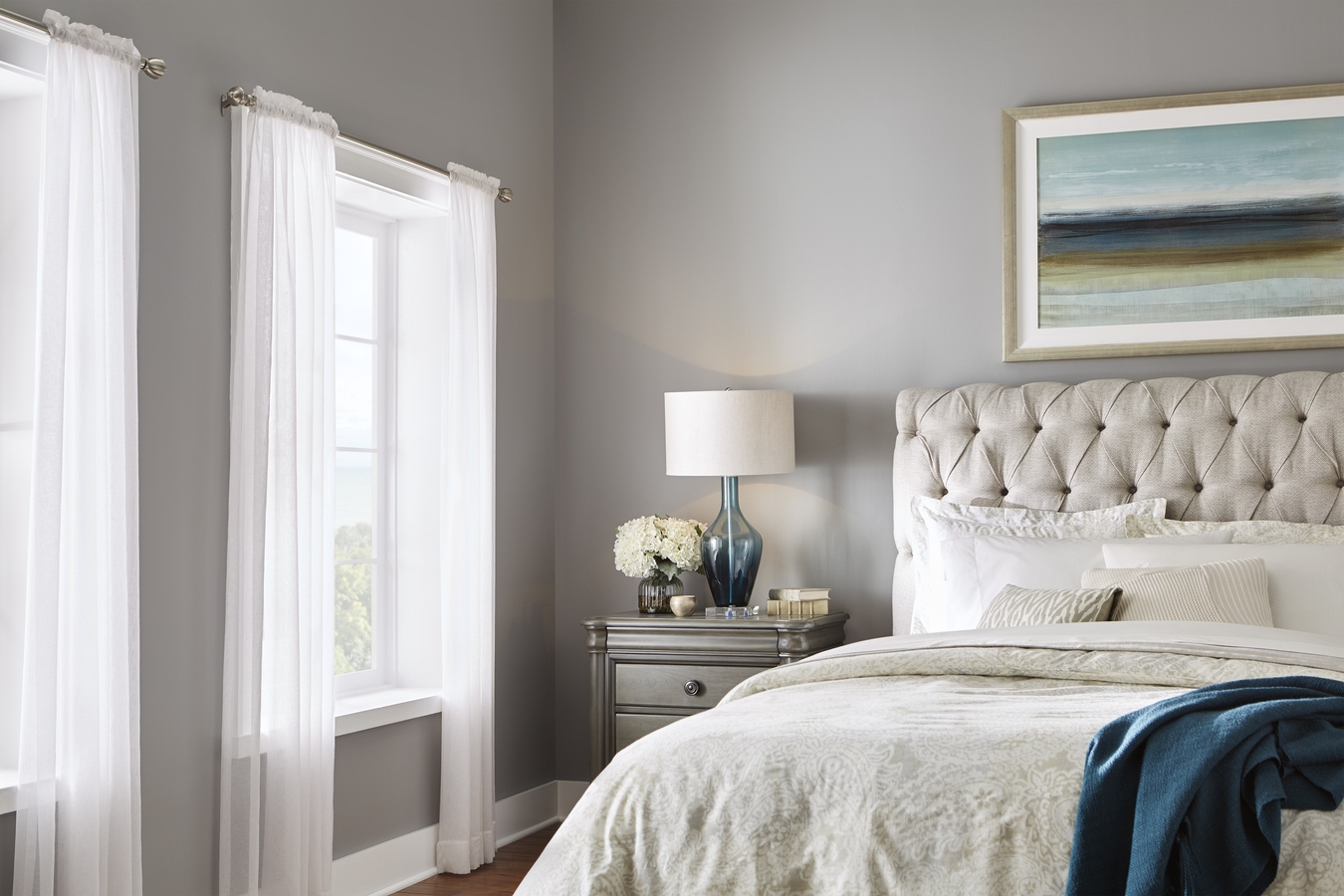What is the difference between primer and finish? What are the functions of primer
In the process of home decoration, the wall paint construction process is inevitably indispensable, and the most important thing in the wall paint construction process is the construction of the primer. However, many decorators do not know the use of the primer. Today, let Jinse Paint take you to understand the difference between the primer and the top coat and what the role of the primer is. I hope to provide you with some convenience.
Primer refers to the paint directly applied to the surface of the object as a solid foundation for the finish paint. It is required to attach firmly on the object surface to increase the adhesion of the upper layer of paint and improve the decorative property of the finish paint.
First of all, many people think that as long as the top coat is bought well, the primer can not be used. Is that true? The primer is the first layer of the paint system, which is used to improve the adhesion of the finish, increase the fullness of the finish, provide alkali resistance, provide anti-corrosion functions, etc., and ensure the uniform absorption of the finish, so that the paint system can play its best role. It is wrong to say that the primer can be dispensed with if the quality of the top coat is good. Because the functions of the top coat and the primer are different, the top coat focuses more on the final decoration and appearance effect, while the primer focuses on improving adhesion, anti-corrosion function, alkali resistance, etc. So if you want to decorate the wall, there is no problem. Primer is a necessary step.
The primer has many characteristics. Many home decoration finishes cannot be painted or continue to peel because of the base course pulverization. Therefore, the primer used needs to have adhesion and strong penetration. There are many brands of this kind of primer, such as the American RUST-OLEUM zinc color reinforcing primer, which can penetrate into the wall base course that is powdery, cracked, and peeled off. By bonding the powdery particles, residues, and peeled off layers, a new and powerful bottom reinforcement is formed. There is no fear that the top coat will not be painted or continue to peel off because of the powdery peeling of the base course. At the same time, the primer also needs to be alkali resistant to prevent the wall from returning to alkali and powdering. The Tianjin color reinforcing primer can not only penetrate into the interior of the object and "glue" the internal structure to prevent further peeling, but also glue the powdered residue to seal the powdered wall to prevent cracking. Of course, the primer is also applicable to all kinds of substrates, and the tinted reinforcement primer is applicable to various indoor and outdoor surfaces, including painted drywall, gypsum, cement, concrete or plaster wall/ceiling, doors and windows, skirting boards and wood lines. When used outdoors, it includes painted wooden wallboards, doors and windows, fences and wooden lines, metal sinks and downspouts, masonry walls and foundations (cured concrete, plaster, concrete blocks, bricks, plastic and aluminum wallboards). Secondly, the primer can also effectively prevent mold and algae, save the top coat, and enhance the adhesion of the top coat.
What are the functions of primer?
The primer can effectively seal the base course and make the wall base course more firm. For example, the Tianjin transparent reinforcing primer just mentioned is a special elastic sealant. Some walls have strong alkalinity, and alkali flakes are produced after soaking in moisture and water. This situation causes crater like protrusions on the surface of the paint film. In severe cases, a layer of alkali frost is formed on the surface of the paint film, which eventually destroys the paint film. The color strengthening primer can play a sealing role to alleviate this situation. The primer can enhance the adhesion of the finish paint, improve the adhesion between the latex paint film and the wall to avoid peeling off the wall. Of course, the primer can also save decoration costs. The price of the primer is average, which is cheaper than the top coat. Therefore, painting the primer before painting the top coat can save decoration costs.
In a word, the primer is the first layer of the paint system. It is completely different from the finish paint. It can ensure the uniform absorption of the finish paint and make the paint system play its best role. It is an essential step in the decoration process.
